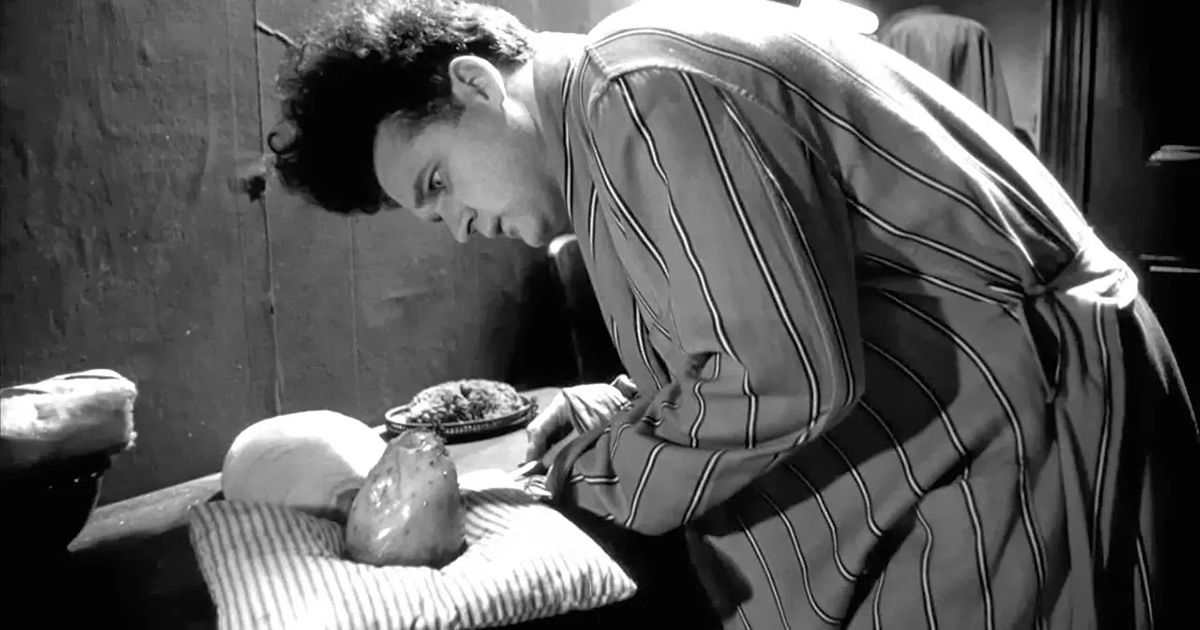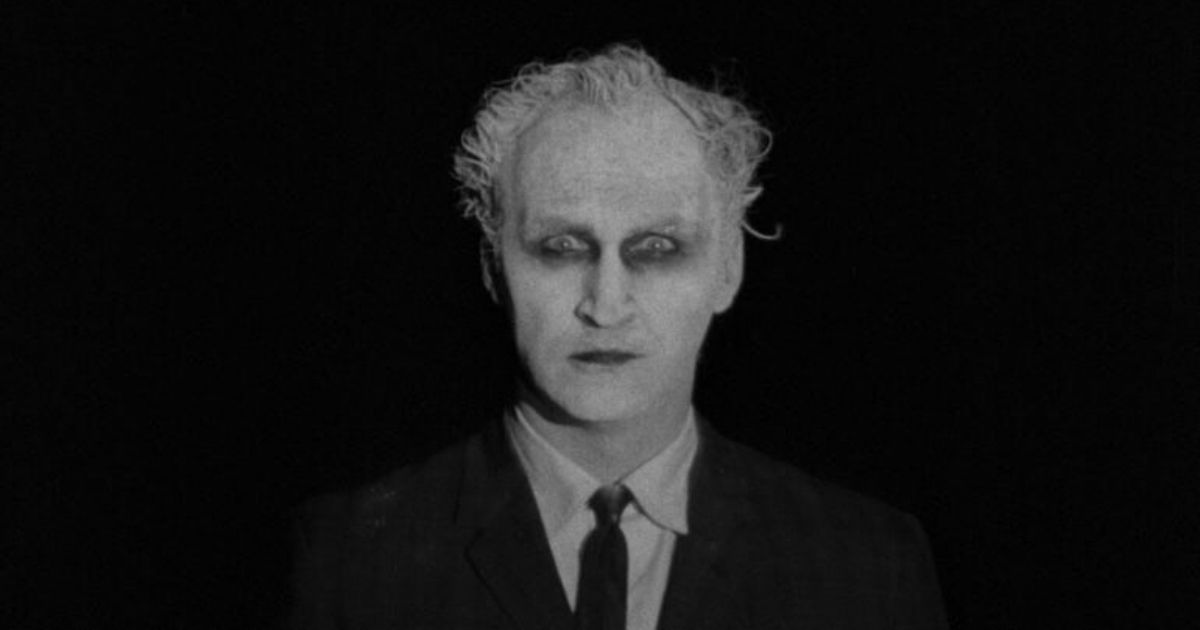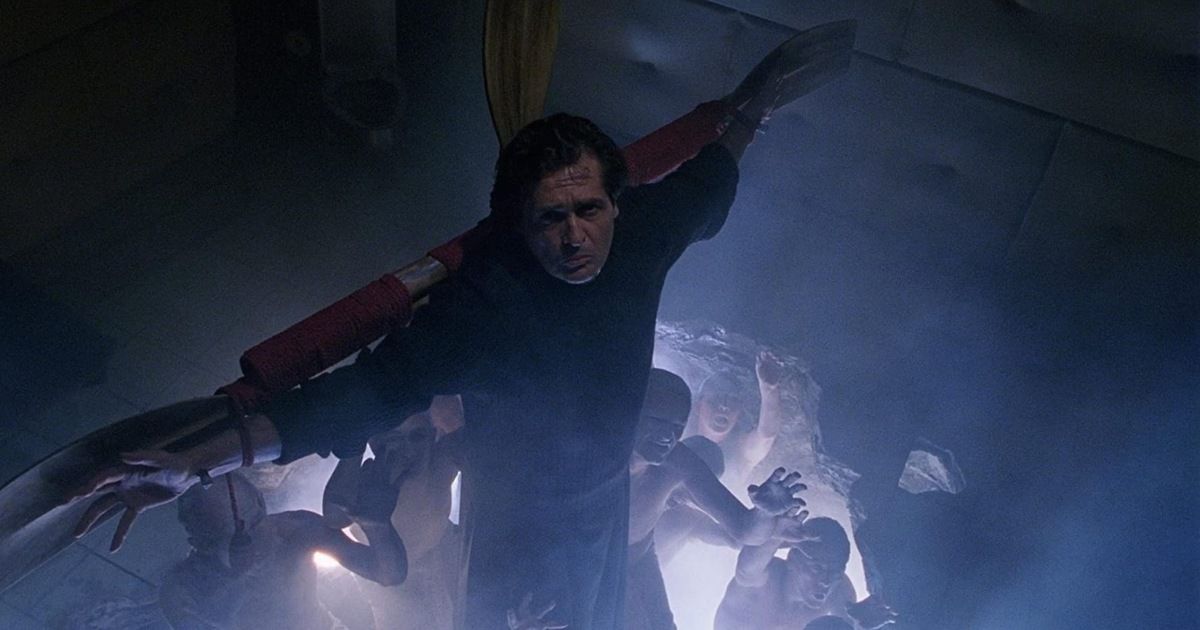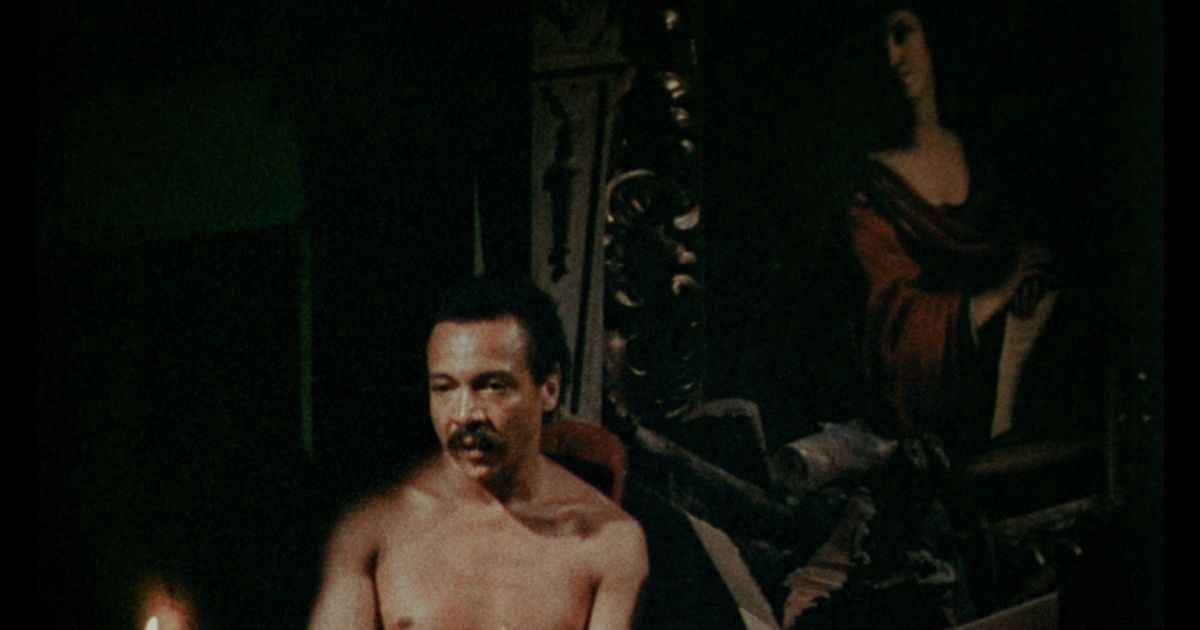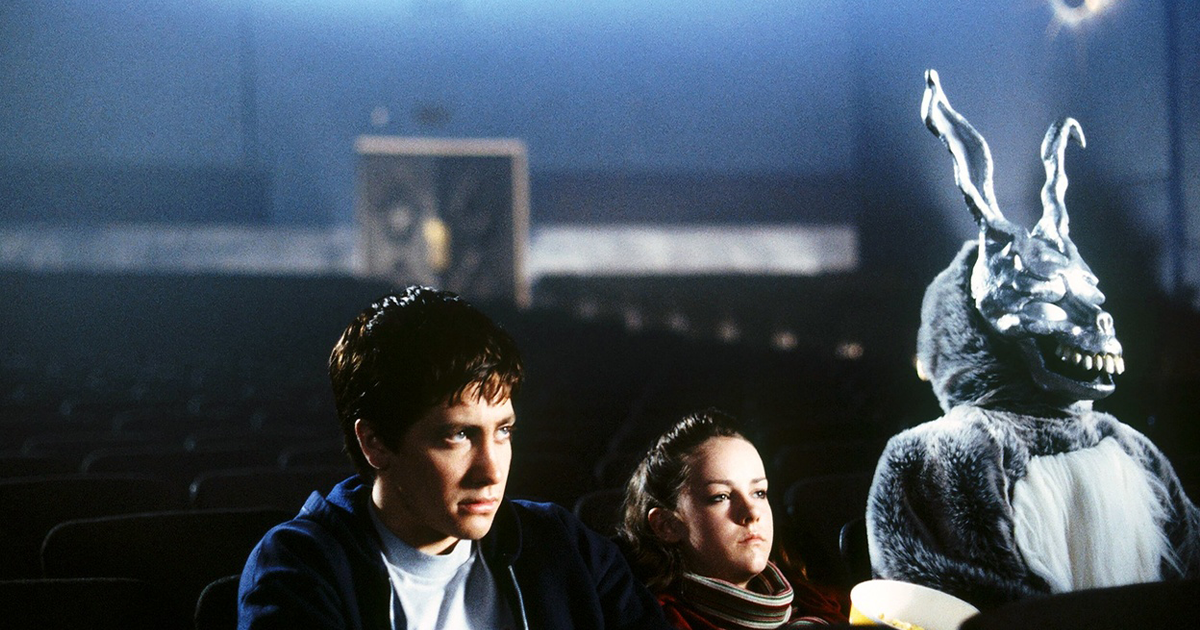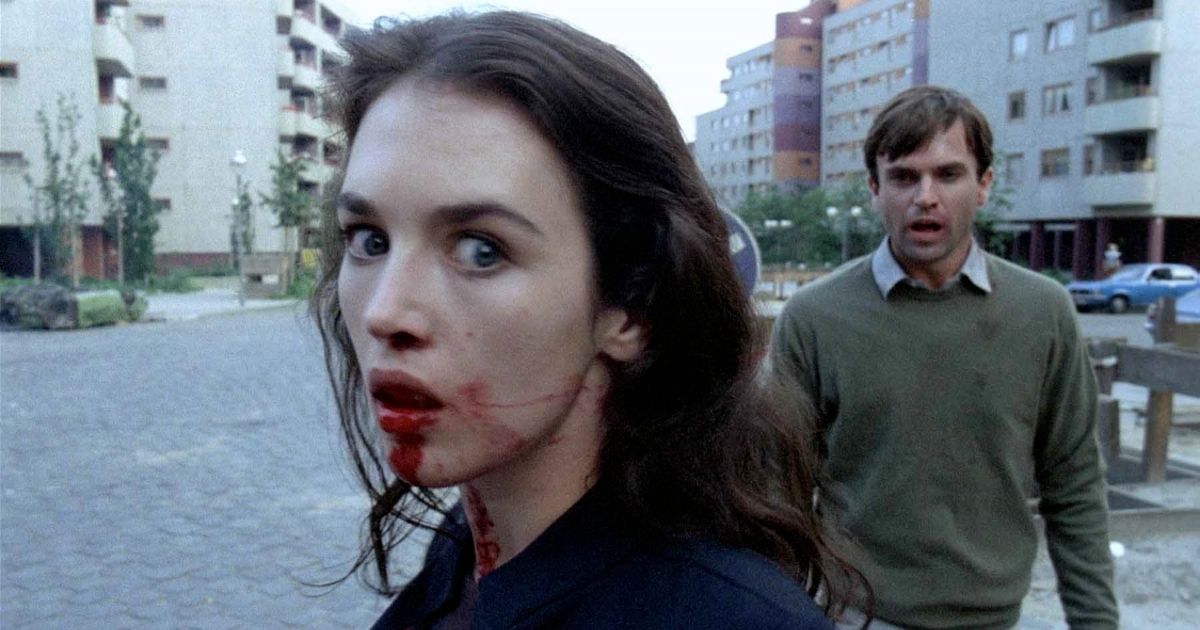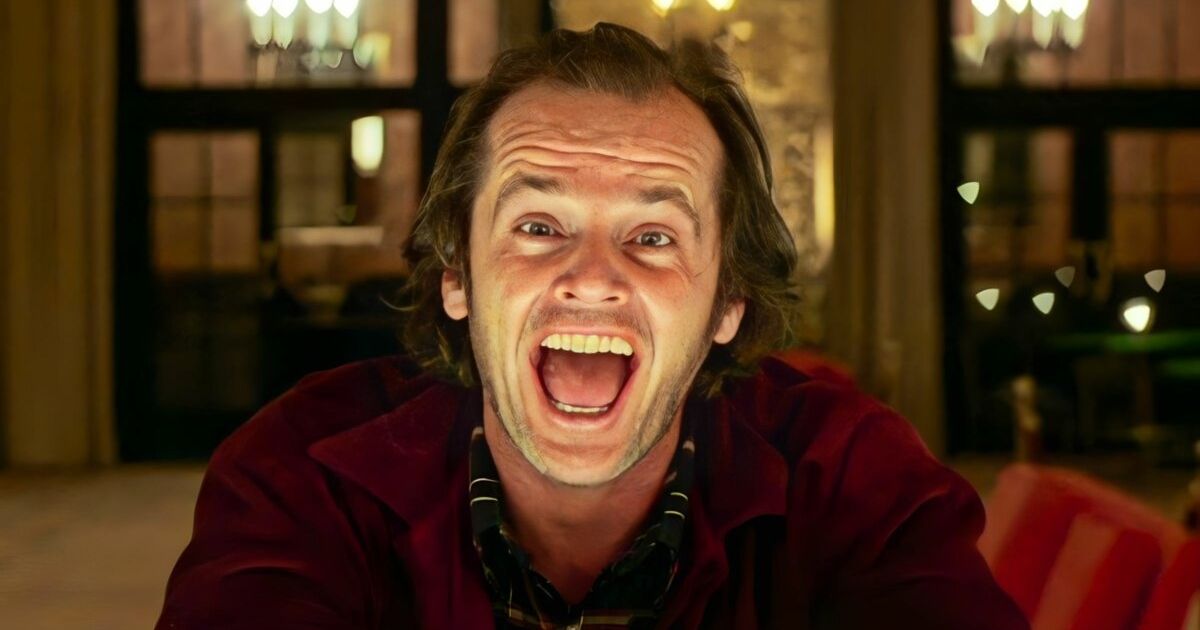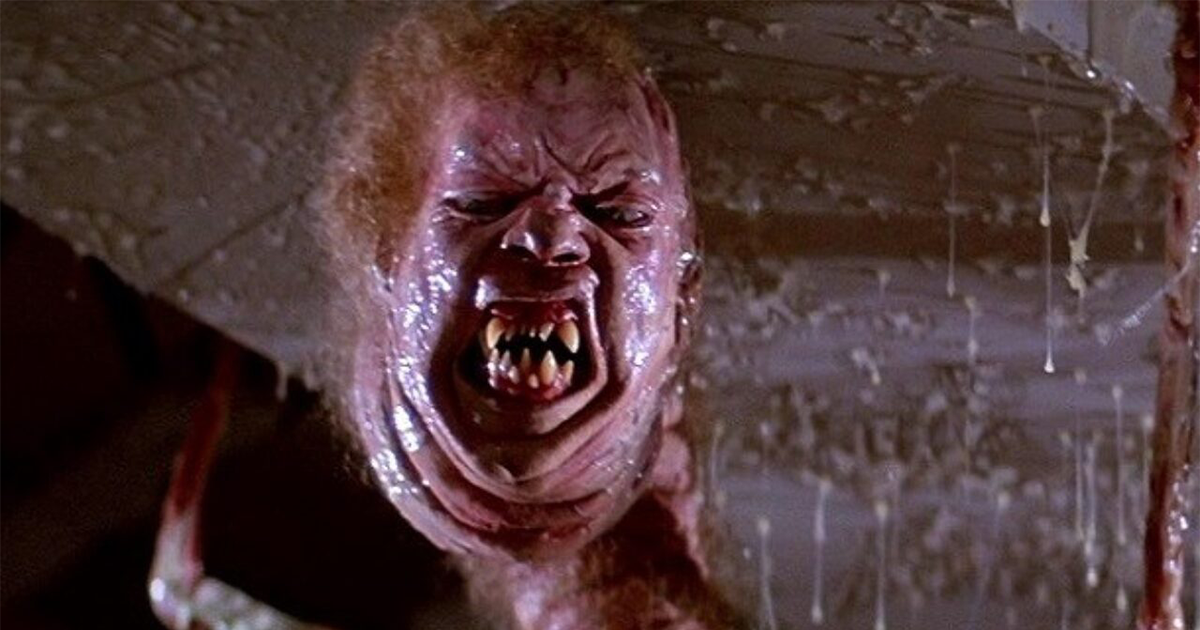During a recent Q&A between Martin Scorsese and Ari Aster following a screening of Beau is Afraid, Scorsese praised Aster as one of the most exciting new voices in cinema. Speaking on the film’s divisiveness, Scorsese compared Beau to Barry Lyndon, saying the audacious originality of Kubrick’s film “split audiences right down the middle” when it first released. But in the years since, it has since been recognized as a masterpiece; something Scorsese believes will happen with Beau.
It isn’t uncommon for a film to get better with age (or at the very least, gain new appreciation over time). This is especially true of horror movies, which have garnered new-found respect in recent years, resulting in many previously-forgotten (or ignored) films finally getting the love and admiration they deserve. Here are 10 classic horror movies that have only gotten better with age.
10 Halloween III: Season of the Witch
Soon after the release of Halloween II, John Carpenter and Debra Hill were approached to write a third movie. They agreed to join the project, but only under one condition: it couldn’t be a direct sequel to Halloween II. They envisioned the franchise as a potential anthology, with each sequel taking place on Halloween night, but containing its own characters, setting, and story. In other words, Michael Myers wouldn’t be the main antagonist.
Tommy Lee Wallace signed on to write and direct the film after Joe Dante dropped out; rather than focus on Michael Myers, Halloween III: Season of the Witch focused on an evil toy company that brainwashed children for nefarious purposes.
Unsurprisingly, the film was a huge flop, both critically and commercially. Critics found the film cheap and boring; Roger Ebert called it a “low-rent thriller from the first frame.” And audiences were supremely disappointed that Michael Myers didn’t make an appearance. To date, it is the second lowest-grossing movie of the entire franchise (behind Halloween 5: The Revenge of Michael Myers).
Michael Myers returned for the fourth movie – which wasn’t much more successful than Season of the Witch – and audiences quickly forgot about the disappointing third entry. However, the film has garnered new love and support among horror aficionados; now forty years later, it’s widely considered to be the best sequel in the Halloween franchise.
9 Eraserhead
David Lynch is one of the most singular American directors working today, so it’s no surprise that his debut feature, Eraserhead, stirred a lot of controversy when it first released in 1977.
Lynch’s surreal nightmare is a difficult film to describe (it’s a film you experience more than you understand it), but the short of it is this: After his girlfriend leaves him, Henry Spencer is left to care for his deformed, alien child in a desolate industrial wasteland.
Upon its initial release, approximately 25 people showed up. The number dropped to 24 the next evening. Variety found the film “unwatchable,” and called it a “sickening bad-taste exercise. But despite not clicking with some critics and general audiences, the film gained a cult following relatively quickly, and became a runaway success on the midnight circuit. In the forty-six years since its initial release, Lynch has become an essential creative in the cinematic landscape, and his body of work has a deeply-devoted fanbase. And in 2004, Eraserhead was selected by the Library of Congress for preservation in the United States National Film Registry.
8 Carnival of Souls
In the early 1960s, Herk Harvey – who was working as a producer of educational and industrial-training videos at the time – was driving through Utah when he passed the Saltair Pavilion, a fanciful but long-abandoned resort located in Salt Lake City. Harvey was inspired by the ambiguous, unsettling aura of the resort, and gave him the idea to make his first (and only) movie: Carnival of Souls. The microbudget psychological horror picture starred Candace Hilligoss as Mary Henry, a young woman who begins to experience visions of a creepy figure known only as “The Man” (played by Harvey) after relocating to a new town following a car accident.
During its initial run in 1962, Carnival of Souls didn’t attract a lot of attention; the movie even failed to make back its measly $33,000 budget. But in the decades following its release, the film has found new acclaim, and has been a noted influence on many modern-day filmmakers, including David Lynch, George A. Romero, and James Wan.
7 Day of the Dead
Speaking of George A. Romero, his 1985 film Day of the Dead – the third entry in his Night of the Living Dead franchise – was considered to be somewhat of a failure during its debut theatrical run. The movie starred Lori Cardille, Terry Alexander, and Joseph Pilato as survivors of the zombie apocalypse hiding in an underground bunker. Romero considered it his favorite of the first of the franchise.
While the film was marginally more commercially successful than Night of the Living Dead, it only made half as much as the sequel Dawn of the Dead. (Also, the budget for Day was 35x more than Night). Despite getting decent-to-favorable reviews from critics, the movie was a dud stateside, only making $5 million domestically (not adjusted for inflation). However, when the movie was released to home video, it was embraced by the horror community and found new life.
6 The Exorcist III: Legion
It wouldn’t be an understatement to say The Exorcist forever changed the horror genre. William Peter Blatty, who wrote the original novel and penned the screenplay, was hesitant to write a sequel to the hit film (especially after the failure of Exorcist II: Heretic). However, he changed his mind after coming up with an idea for a story tentatively titled Legion.
The story was vastly different from the first film; rather than a tale of possession, it was a supernatural murder mystery (Seven would be a fair comparison in terms of tone and style). William Friedkin was initially attached to direct the script, but creative differences between him and Blatty forced him to drop out. When a replacement couldn’t be found, the script fell into development hell. Rather than wait around and have the story collect dust, Blatty published it as a novel.
Legion became an instant bestseller, and talks of an adaptation picked up again. Blatty eventually rewrote it as a script and signed on to direct, with George C. Scott taking the lead role. However, after production on the film wrapped, the president of the studio demanded the ending be reshot; despite being an Exorcist movie, there was no exorcism. Against his better judgment, Blatty remade the ending, “compromising the character” of the film in the process.
The film was eventually released under the title Exorcist III: Legion. Critics were split on the film: Mark Kermode called it “a restrained, haunting chiller,” and the New York Times’ Vincent Carby said it was better than the first two films. However, numerous critics hated it; Owen Gleiberman said it was worse than the second film (ouch). Ultimately, the film grossed just under $45 million worldwide and was considered a failure, which was mainly attributed to The Exorcist II: Heretic. The much-maligned sequel sullied the Exorcist name, and audience members were in no rush to catch the follow-up.
Nevertheless, in the years since, Legion has garnered new-found respect among the horror community, with many considering it one of the best horror sequels of all time. Sure, that may be a hyperbolic statement, but there’s no denying that The Exorcist III has only gotten better over time.
5 Ganja & Hess
Bill Gunn worked as an actor and playwright starting in the early 1960 through to the 1980s. But for a brief stint in the 70s, Gunn experimented with directing. His most well-known directorial effort (relatively speaking) was the underseen vampire film Ganja & Hess. The movie starred Duane Jones as Dr. Hess Green, an anthropologist who becomes a vampire after he’s stabbed with a cursed, ancient dagger. He falls in love with Ganja Meda – the widow of the man who turned Hess into a vampire – and pulls Ganja into his violent, moody world.
When the film premiered at the Cannes Film Festival in 1973, it was heralded by critics as a major piece of African-American filmmaking, commenting on themes ranging from organized religion to cultural assimilation. But when the unabashedly-artsy film premiered in the U.S., it was bashed by critics who didn’t understand (or care for) the underlying symbolism.
The poor reception and box-office led the film’s original producers to sell the rights to Heritage Pictures, a distribution company specializing in Grindhouse-style movies. They recut the film to better fit their genre sensibilities, shaving off more than 30 minutes of footage and undermining everything that made the film special. The release of the new, less-improved movie – now titled Blood Couple – was just as much a commercial failure. Gunn would eventually disown the version of the movie and remove his name from the credits.
It wasn’t until the last decade of so – years after Duane Jones and Bill Gunn’s deaths – did Ganja & Hess receive the critical reappraisal it has long deserved, thanks to the advent of so-called “elevated” horror. And in 2014, Spike Lee directed a remake of the movie, Da Sweet Blood of Jesus. (Ironically enough, Lee’s film was released to equally-weak acclaim; maybe it will also be re-appraised in the years to come).
4 Donnie Darko
When the script for Donnie Darko began floating around Hollywood in the late 1990s, it drew a lot of attention. But Richard Kelly – an untested talent at the time – was adamant about directing it. Coupled with the film’s surreal plot, a lot of studios balked at the idea of producing the film. But after casting Drew Barrymore and Jason Schwartzman (who later dropped out as the lead), Kelly was finally able to secure financing for his movie.
After a “director’s cut” premiered at Sundance, the film was picked up by NewMarket films for distribution. For a while the movie was set to premiere exclusively on cable, forgoing a traditional theatrical release, but director Christopher Nolan and his wife Emma Thomas were able to convince the top brass at NewMarket to release the film in theaters.
Despite Kelly’s lack of experience in the director’s chair, Donnie Darko was – generally speaking – a critical hit. However, unfortunate timing led to the film being buried in theaters. Donnie Darko released six weeks after the September 11 attacks; since a pivotal element of the movie revolved around a plane crash, the film withered away at the box office. It peaked at 58 theaters, and made just over half a million dollars at the box office.
But once it was released on DVD, Donnie Darko found new life. It became a runaway success and garnered a huge cult following, which resulted in a (unnecessary) sequel, S. Darko.
3 Possession (1981)
Andrej Zulawksi’s Possession is a hard film to unpack: the movie stars Sam Neill as an international spy who returns to his home in West Berlin to learn his wife Anna (Isabelle Adjani) wants a divorce. From that point forward, the movie dips into the surreal; at once a terrifying body-horror movie, and a harrowing divorce drama. Sam Neill and especially Isabelle Adjani give career-defining performances in a film that’s as grotesque as it is layered, with Neill describing Possession as “the most extreme film I’ve ever made, in every possible respect…”
It’s no surprise, then, the film was a tough sell to critics. After a limited release in the United Kingdom, the film was labeled a “video nasty” and subsequently banned for its violent content. In America, distributor Limelight International released a heavily-edit 81-minute version of the movie (the original cut was just over two hours), removing most of the marital plot line and focusing instead on the horror elements.
The chopped-up version of the film was a huge failure, and for many years Possession floundered in obscurity. Luckily, the uncut version eventually surfaced, and has found new appreciation in recent years.
2 The Shining
Every cinephile knows about the infamous production of Stanley Kubrick’s The Shining. From the excruciatingly-long shoot that pushed Shelly Duvall to the brink of sanity and Kubrick’s meticulous (and arguably problematic) directing style, to Stephen King’s very-public disapproval of the adaptation; the lore behind the film is perhaps more notorious than the movie itself. (There’s even a documentary – Room 237 – that tackles the rabid fandom and famous conspiracy theories surrounding the movie).
Despite being a relatively big commercial success upon release, The Shining was a mixed bag for a lot of critics. Siskel and Ebert both found the film middling at best, boring at worst, and the movie was even nominated for multiple Razzies, including worst actress for Duvall and Kubrick for worst director (of course, the Razzies are meaningless, so take this for what it’s worth). In other words, the movie didn’t make much of a connection with audiences during its initial run in 1980.
But it wasn’t until the last twenty-odd years or so did the filmreceive some very generous reappraisal; much like Kubrick’s other works, it took The Shining a few years to really gel with people. But once it clicked, it quickly rose to the top of multiple best-of lists (Martin Scorsese considers it the 11th scariest horror movie of all time). Unlike many horror movies from the 80s, time has been very kind to The Shining.
1 The Thing (1982)
It isn’t uncommon for a movie to be considered ahead of its time; it’s certainly a distinction that is held by almost every movie on this list. But there’s no better example than The Thing. John Carpenter’s remake of 1951’s The Thing From Another World follows a group of American researchers working at an isolated research post in Antarctica, who encounter an alien organism that can assimilate – and eventually duplicate – other organisms, including humans.
When it was released in 1982, The Thing was positively hated; The New York Times called it “…the quintessential moron movie of the 80s.” Other critics piled on, criticizing the “stale” acting and impressive but “repulsive” special effects. And it wasn’t just critics; audiences didn’t come out for the movie, either. By the end of its run, The Thing barely amassed $20 million against a $15 million budget.
As a result of the film’s poor reception and box-office performance, Carpenter was fired from directing the adaptation of Stephen King’s Firestarter, and Universal Pictures – who had signed a multi-film deal with Carpenter – bought him out of his contract. The failure was a huge mark on Carpenter’s career, and he lost out on a lot of potential opportunities because people simply hated The Thing.
But cut to a few decades later, and The Thing is considered by many to be Carpenter’s masterpiece. Directors Guillermo del Toro, Neill Blomkamp, J.J. Abrams, and Edgar Wright have all praised the film as hugely inspirational; Quentin Tarantino has even mentioned The Hateful Eight was his version of The Thing. While it took longer than it should have, The Thing has finally found its audience, and earned its rightful place in the all-time lexicon of horror cinema.
This story originally appeared on Movieweb


